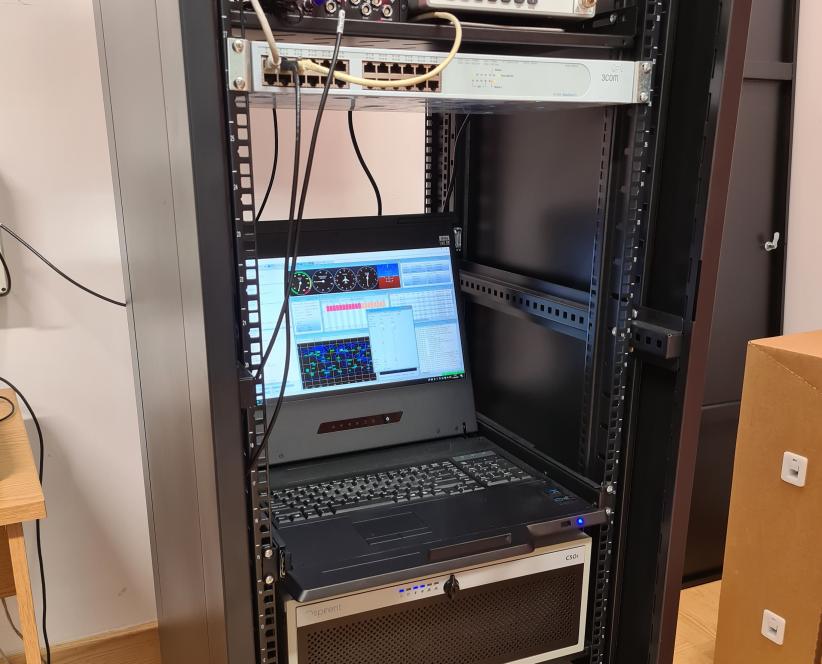Researchers work on improving the precision of positioning
Is it possible to prevent signal interference, which impacts the quality of positioning autonomous cars, among other things? Scientists at the Warsaw University of Technology have been working on such solutions.
As part of the BEYOND POB grant, a research team managed by Dr Dominik Próchniewicz from the Faculty of Geodesy and Cartography at PW has been testing the resilience of algorithms for obtaining and processing GNSS measurement data to signal interference and has been analysing the impact of individual sources of interference on the quality of positioning, which is used for controlling machines and unmanned drones or controlling a fleet of cars, among other things.
The project used the research infrastructure of the Warsaw University of Technology, including a GNSS receiver, which was constructed at the Institute of Microelectronics and Optoelectronics at the Faculty of Electronics and Information Technology at PW.
“Because of that, we had direct contact with the creators of the receiver. We could discuss the obtained results with them on an ongoing basis and suggest modifications,” says Dr Próchniewicz.
Simulations
Satellite navigation systems send a signal from very far away - from 20,000 km. The signal itself is extremely weak. It is so weak that its disturbance by another signal is quite easy (intentional interference). The signal itself can also be reflected by various surfaces and thus become self-interfering.
Dr Próchniewicz's team simulated (computer simulations) random measurement conditions of satellite navigation and transmitted the data to the receiver under laboratory conditions, using a Spirent GSS9000 GNSS signal generator.
“The simulator generates a measurement signal simulating real field measurements, but in reality, the receiver remains stationary in the laboratory. During our research, we created various measurement scenarios and simulated various phenomena. Then, we checked how the receiver would behave in these unusual situations and devised methods to warn the user of the danger,” explains Dr Próchniewicz.
The project was conducted in collaboration with the scientific team of the Navigation Signal Analysis and Simulation (NavSAS) of the Department of Electronics and Telecommunications of the Polytechnic University of Turin.
Research team:
Dominik Próchniewicz, PhD; Maciej Grzymała, MSc; Kinga Węzka, MSc; Krzysztof Siwiec, PhD.


